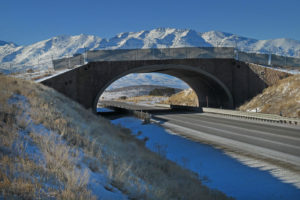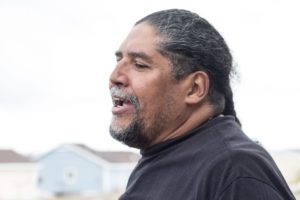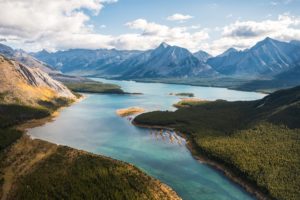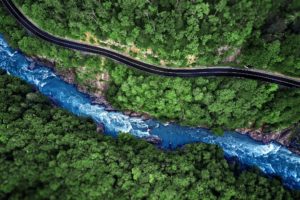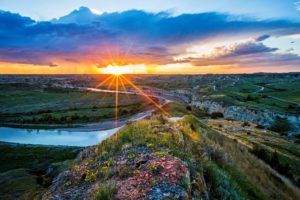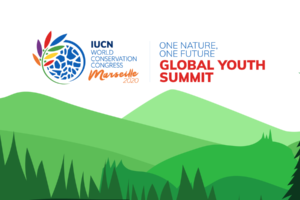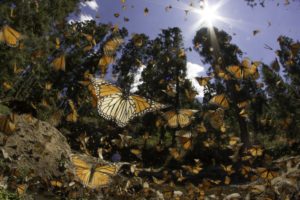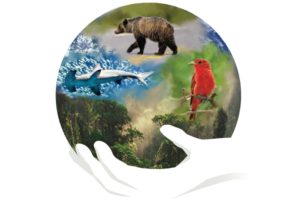Reports Offer Guidance on Why and How to Build Wildlife Crossings
Wildlife-vehicle collisions take a toll on our environment and society in many ways. They endanger wildlife populations, cause human injuries and deaths, and cost US taxpayers billions of dollars a year. Well-designed wildlife road-crossing structures are a proven solution but are not without challenges. Two reports recently published by the US Forest Service—with contributions from Center for Large Landscape Conservation staff—address these challenges while providing useful information on costs, benefits, and planning of crossing structures.
